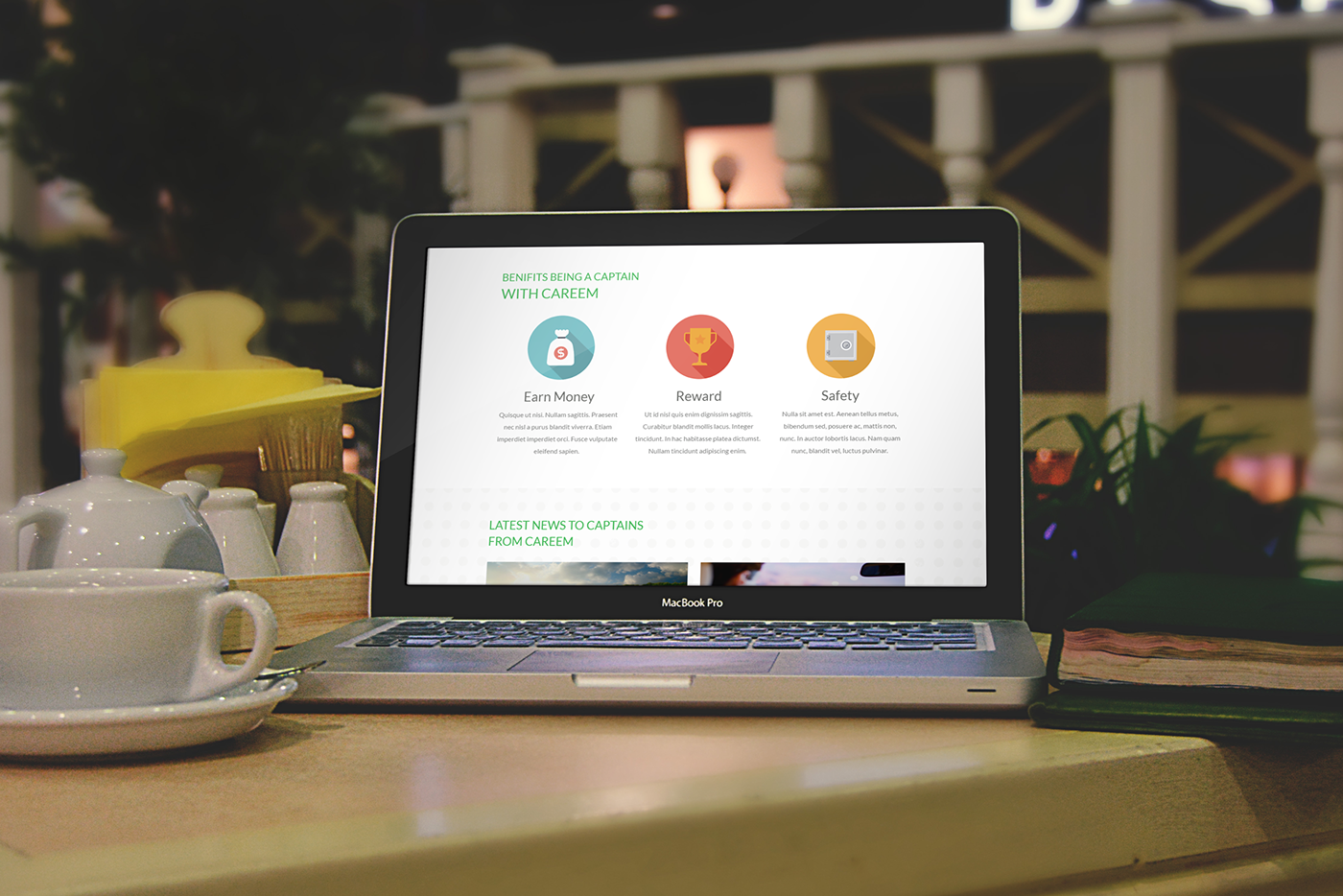3 Reasons for a High Bounce Rate
When converting a page visitor into a customer or subscriber, every process must be seamless. After all, this is where a huge chunk of sales and readership come from. It makes sense to pour budget and effort into your website.
However, from the perspective of a customer, it doesn’t take much to close a tab on a website that is not meeting their needs. This will reflect on your website’s bounce rate.
The bounce rate is the percentage of page visitors who exit your website after viewing one page. According to case studies and research, an ideal bounce rate will range from 26 to 55%. If it’s on the higher end, it’s time to do a website audit, and find out what’s causing the high bounce rate. The following are the elements you should keep high up on your checklist.
Slow loading time
In this day and age where the normal way things go is instant, a page that takes forever to load will not stand a chance. Speed is also a ranking factor on the search engines Google, Bing, and Yahoo.
More than three seconds of waiting time is already overkill. In fact, data show that up to 5 seconds of waiting time, the chances for a visitor to navigate away from the page is 90%. It goes up to 106% for an additional second.
One culprit is low-quality hosting. Optimizing the speed of your site will depend on your web host. For WordPress, you may want to quit shared hosting if you use that. Running a high-traffic website on a shared host is a waste of time and resources.
Make sure your web technology is up to date and perform regular database maintenance to counter the issue. Set a monitoring schedule to keep track of your site’s performance.
Irrelevant content
Part of the criteria of search engines in ranking content is relevance. Other than this, putting up relevant and helpful content for the readers is the very reason why the content exists in the first place.
If a user visits a page with a problem that needs solving, they will exit in a heartbeat if they see there is nothing there to help them solve it.
Other than the content itself, make sure your site is free of errors such as ungrammatical sentences, misspellings, and punctuations. Human error is normal, but being thorough with how you present information to the public is a great must-have.
Poor user experience
There must be a logic behind everything on your site. It’s off-putting for customers to be welcomed by ill-chosen color palettes, irrelevant images, and poor placement of elements.
The site design must be pleasing and seamless because if it’s confusing and hard to use, it’s a guaranteed bounce.
Keep the layout clean, simple, and easy to navigate. Neutral colors almost always work, but it’s still up to the general theme. Think from the shoes of a user and put the elements where they make sense to be.
The above reasons suggest that what the user feels and gets from your site is the top priority in making them stay.







